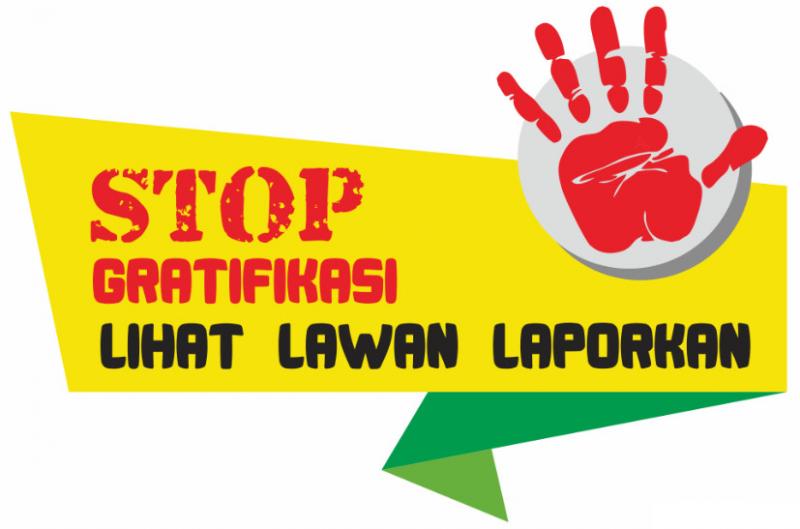PENGGUNAAN ARSIP UNTUK KEGIATAN ORGANISASI RUKUN TETANGGA TINJAUAN DI RUKUN TETANGGA RT. 18/ RW. 04 DESA LEGOK KABUPATEN TANGERANG
DOI:
https://doi.org/10.46836/jk.v15i2.157Keywords:
RT, Penggunaan Arsip, Organisasi Rukun Tetangga, Nilai Guna Arsip, Application of Records, Neighborhood Organization, Value of Records, Rukun TetanggaAbstract
This study discusses about using records in Rukun Tetangga (RT) or neighborhood organization. Three sub-main issues discussed about public perception of records, records management and using records for RT’s activities, neighborhood organization is a community customary institution under the sub-district or village. The act of Republic of Indonesia number 6 year 2014 concerning Villages states that the RT is in charge of assisting village governance and a partner in empowering village communities. This study uses a qualitative method because it is able to examine more deeply the subject matter and information. The data sources used are primary data and secondary data. The research focus was RT 18/RW 04, Desa Legok, Kecamatan Legok, Kabupaten Tangerang. The results show that the perception of the residents of RT 18/RW 04 about records is good, but it is followed by the lack of officer’s capability in managing records. It is also because of the lack of facilities and infrastructure, the capacity of human resources, and no standard in managing records. RT 18/RW 04 has valuable primary records as in administrative, financial, legal and can be used as secondary records. In the end, the application of records in RT 18/RW 04 are suitable for being a basis in decision making, public accountability, presenting the information about high-level government policies, and straighten up hoax.












